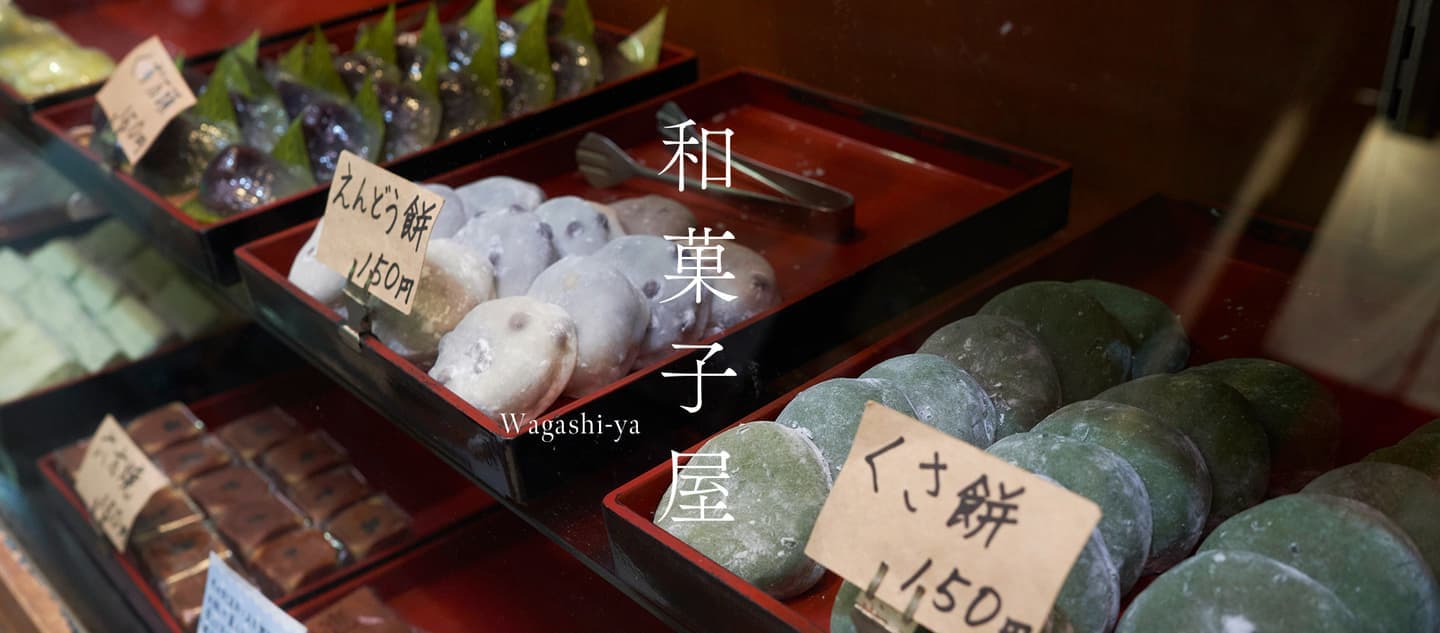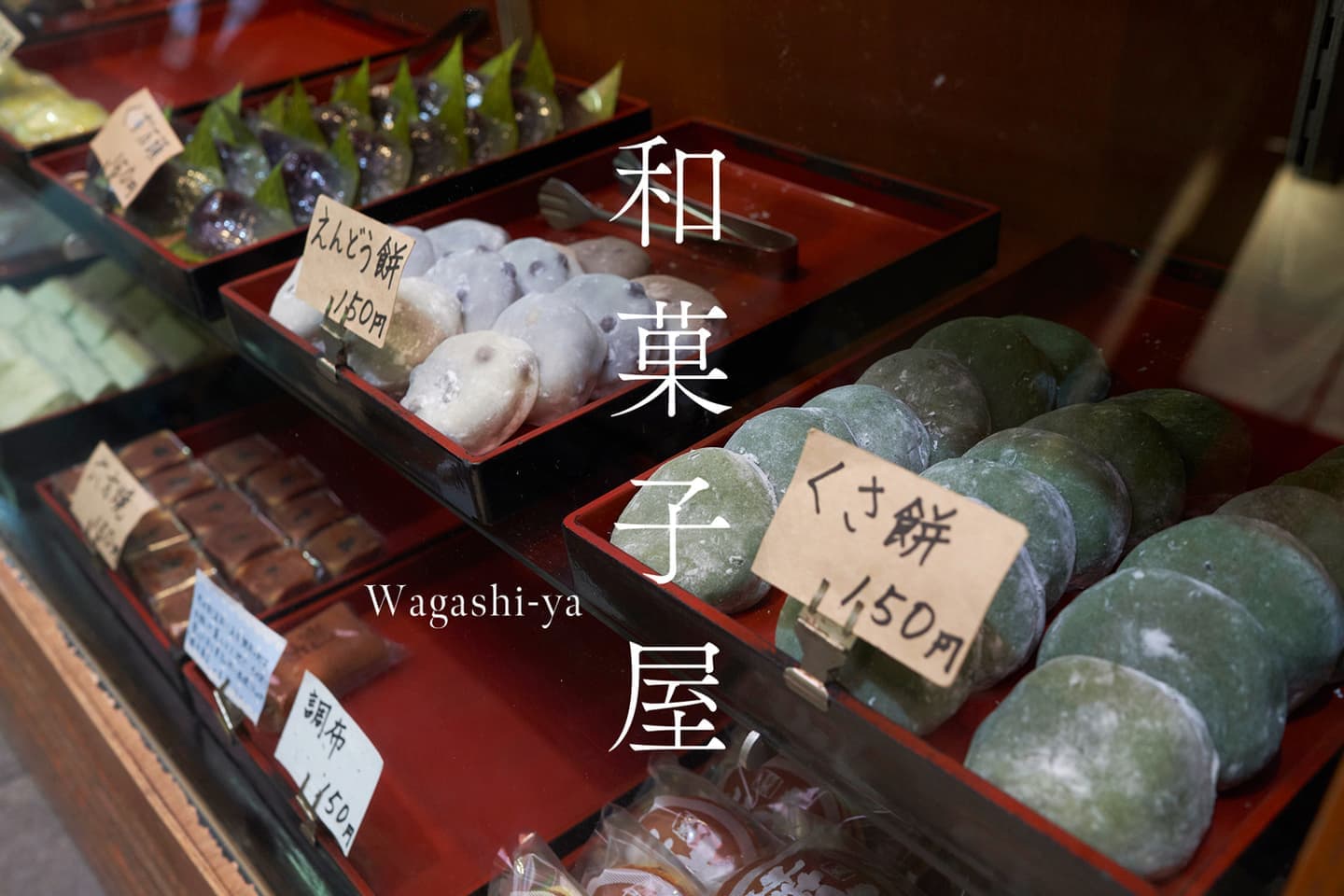Discover beloved local WAGASHI shops
Wagashi is a collective term for traditional Japanese confections. These delightful treats are crafted predominantly from plant-based components such as sweet paste made of beans and mochi crafted from rice. This distinguishes them from Western confections, which frequently incorporate animal-derived ingredients such as butter, eggs, and cream. Wagashi are renowned for their simple and natural flavors.
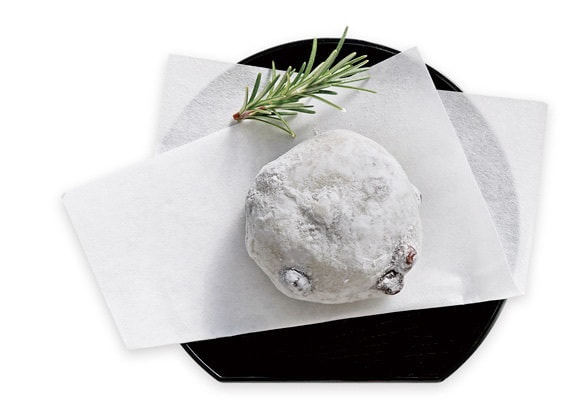
Discover beloved local WAGASHI shops
Wagashi is a collective term for traditional Japanese confections. These delightful treats are crafted predominantly from plant-based components such as sweet paste made of beans and mochi crafted from rice. This distinguishes them from Western confections, which frequently incorporate animal-derived ingredients such as butter, eggs, and cream. Wagashi are renowned for their simple and natural flavors.
The history of wagashi is closely intertwined with the Japanese tea ceremony. Kanazawa, as a city where the tea ceremony has enjoyed popularity since the Edo period, remains a prominent hub for both producing and indulging in wagashi in Japan. It has consistently maintained its position for the highest amount spent annually per household, securing this status over an extended period.
Wagashi is not limited to the tea ceremony but instead is a constant presence in the everyday lives of Kanazawa’s citizens, serving as a casual souvenir or a personal treat. Strolling through the streets, you are likely to find small wagashi shops that blend seamlessly into the city’s surroundings. Many of them are family-run, passing traditions down through generations. They ardently preserve traditional techniques and tastes, and have earned the loyalty of local regulars. Storefronts display the names of the confections on sale, and glass cabinets inside the stores contain a variety of neatly arranged treats, available for purchase individually. This embodies the timeless style of the classic wagashi store.
Here, the eye-on editorial team will introduce a number of carefully selected quaint wagashi shops nestled within the town, along with their highly recommended takeout delicacies. Rather than mere souvenir confections adorned in exquisite packaging, the real power and allure of Kanazawa’s wagashi lie in the everyday delights that are meticulously crafted each morning and are intended to be savored on the same day.
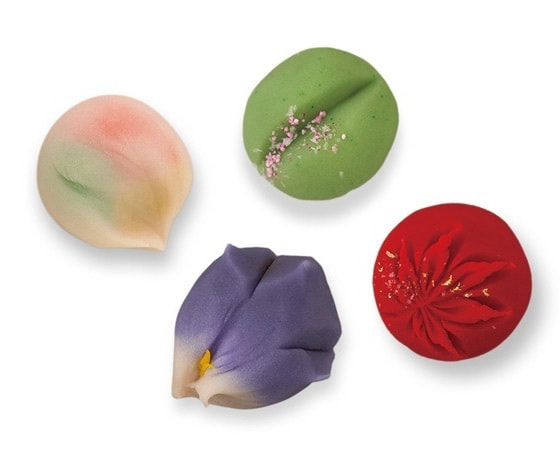
The history of wagashi is closely intertwined with the Japanese tea ceremony. Kanazawa, as a city where the tea ceremony has enjoyed popularity since the Edo period, remains a prominent hub for both producing and indulging in wagashi in Japan. It has consistently maintained its position for the highest amount spent annually per household, securing this status over an extended period.
Wagashi is not limited to the tea ceremony but instead is a constant presence in the everyday lives of Kanazawa’s citizens, serving as a casual souvenir or a personal treat. Strolling through the streets, you are likely to find small wagashi shops that blend seamlessly into the city’s surroundings. Many of them are family-run, passing traditions down through generations. They ardently preserve traditional techniques and tastes, and have earned the loyalty of local regulars. Storefronts display the names of the confections on sale, and glass cabinets inside the stores contain a variety of neatly arranged treats, available for purchase individually. This embodies the timeless style of the classic wagashi store.
Here, the eye-on editorial team will introduce a number of carefully selected quaint wagashi shops nestled within the town, along with their highly recommended takeout delicacies. Rather than mere souvenir confections adorned in exquisite packaging, the real power and allure of Kanazawa’s wagashi lie in the everyday delights that are meticulously crafted each morning and are intended to be savored on the same day.
1
Where Tea Ceremony
Enthusiasts Go
Located about a 15-minute walk from the crossroads near Kenrokuen Garden, this store is beloved by locals for its jonamagashi, which is a delicacy often savored during traditional tea ceremonies. The founder embarked on an independent journey after honing his skills at one of Kanazawa’s esteemed classical wagashi stores. The young third-generation proprietor currently draws inspiration from the realms of art and fashion to meticulously craft contemporary jonamagashi. The father, along with an octogenarian grandfather, also remains actively engaged. Each jonamagashi creation exudes its own distinctive essence, a reflection of their individuality.
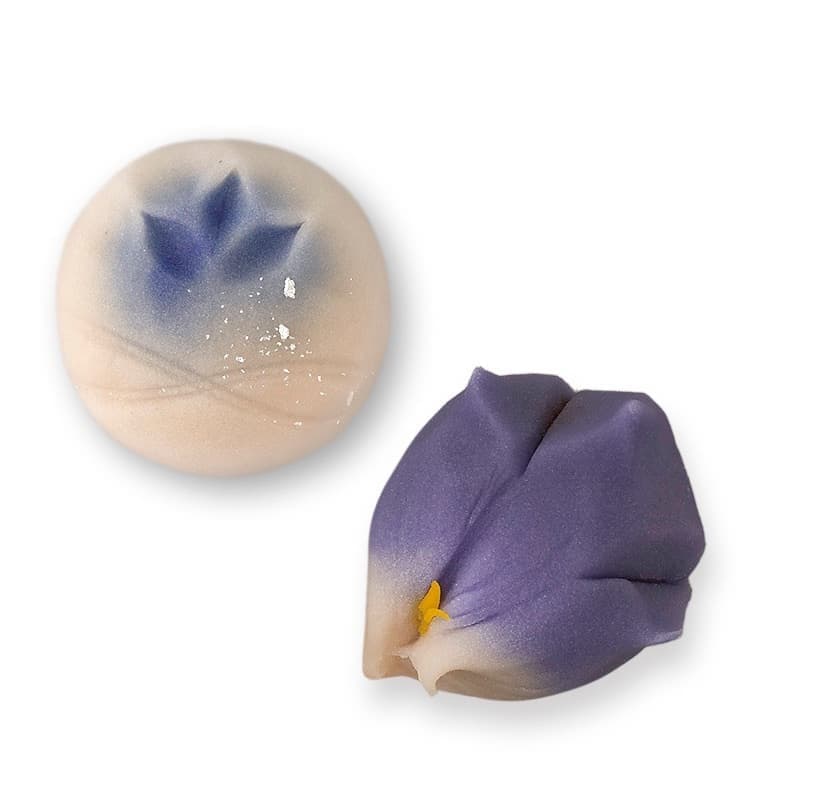
Jonamagashi -上生菓子-
Expert artisans use sweet bean paste to craft “edible artworks” with ingenuity and great skill. In addition to depicting autumnal plants, this specific instance captures the elusive motif of the invisible wind.
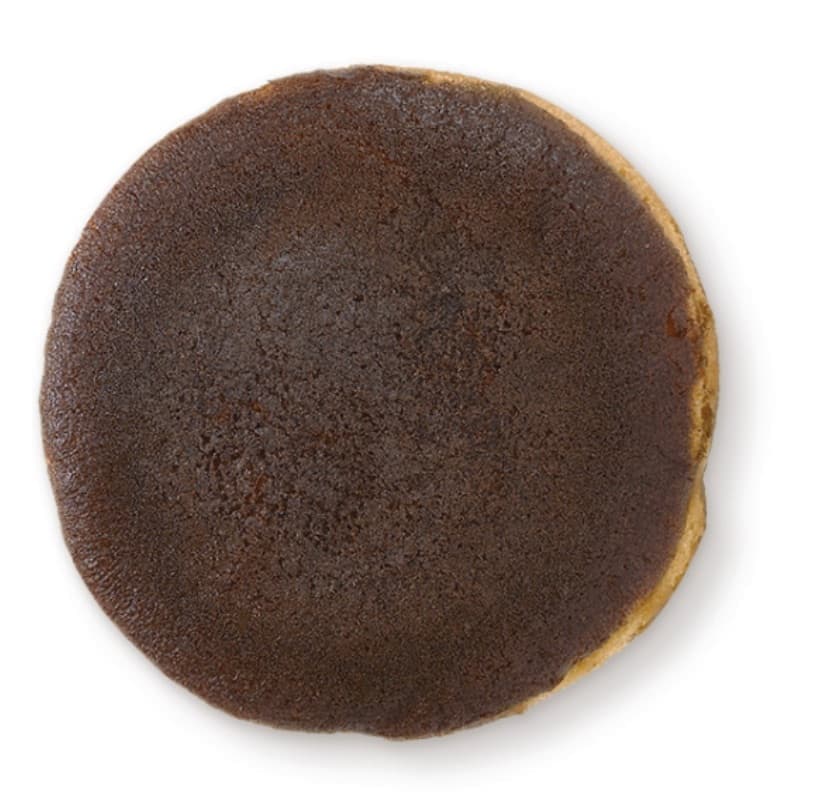
Dorayaki -どら焼き-
A popular treat, dorayaki features a delectable sweet bean paste sandwiched between two round, pancake-like cakes. Mizumoto’s version of dorayaki is expertly baked to the point where the pancake becomes dark.
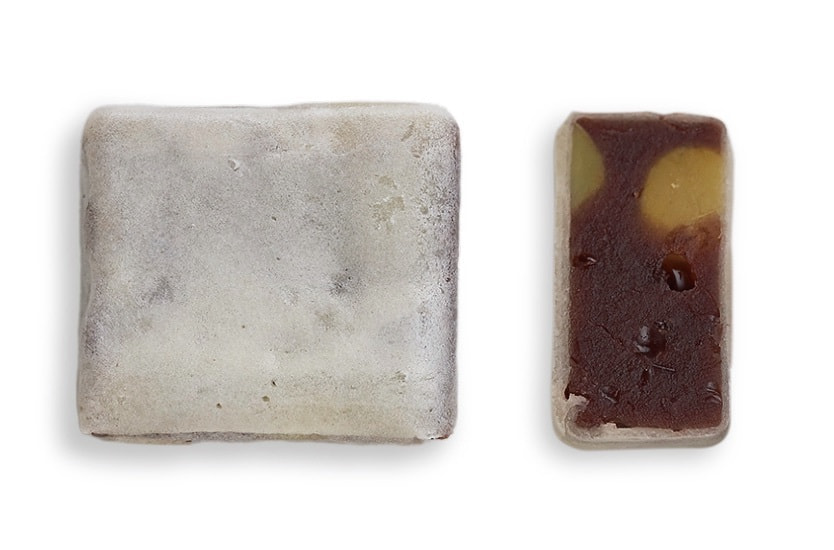
Kintsuba -きんつば-
This confection is crafted by toasting a mixture of sweet bean paste and agar encased in a delicate layer of dough. At Mizumoto, every piece is meticulously handcrafted, meaning only a limited number of items are available for purchase each day. The act of encountering this treat is a stroke of luck in itself! The selection includes three delightful flavors: plain, matcha, and chestnut.
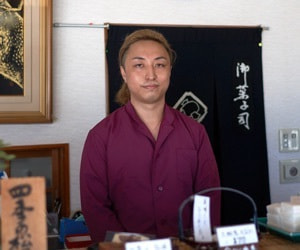
14-3 Akatsuki-machi, Kanazawa
Hours: 8:30-18:30 / Closed on Mondays
2
Regulars Love
This Little Town Wagashi Shop
This wagashi shop, conveniently located at the entrance of the Kazuemachi Chayagai district, has been serving customers since 1917. The classic shop occupies the ground floor, while the upstairs accommodates the kitchen. Employing time-honored recipes and cherished tools, they craft confections in the traditional way. “Rather than creating something new, my aim is to consistently present flavors that are cherished by the local community,” the owner explains. While most of the patrons are beloved regulars, a growing number of tourists are making their way here in search of the unique and exclusively available Japanese sweets.
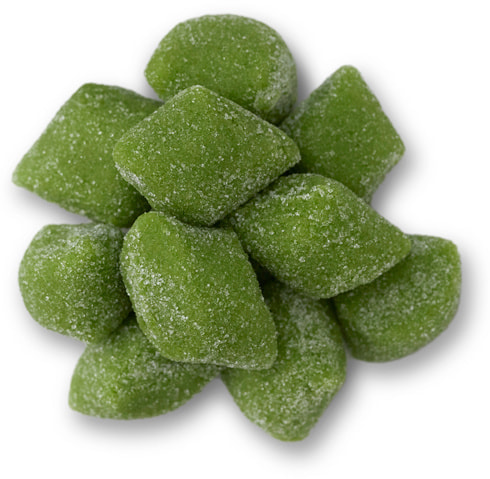
2
Regulars Love
This Little Town Wagashi Shop
This wagashi shop, conveniently located at the entrance of the Kazuemachi Chayagai district, has been serving customers since 1917. The classic shop occupies the ground floor, while the upstairs accommodates the kitchen. Employing time-honored recipes and cherished tools, they craft confections in the traditional way. “Rather than creating something new, my aim is to consistently present flavors that are cherished by the local community,” the owner explains. While most of the patrons are beloved regulars, a growing number of tourists are making their way here in search of the unique and exclusively available Japanese sweets.
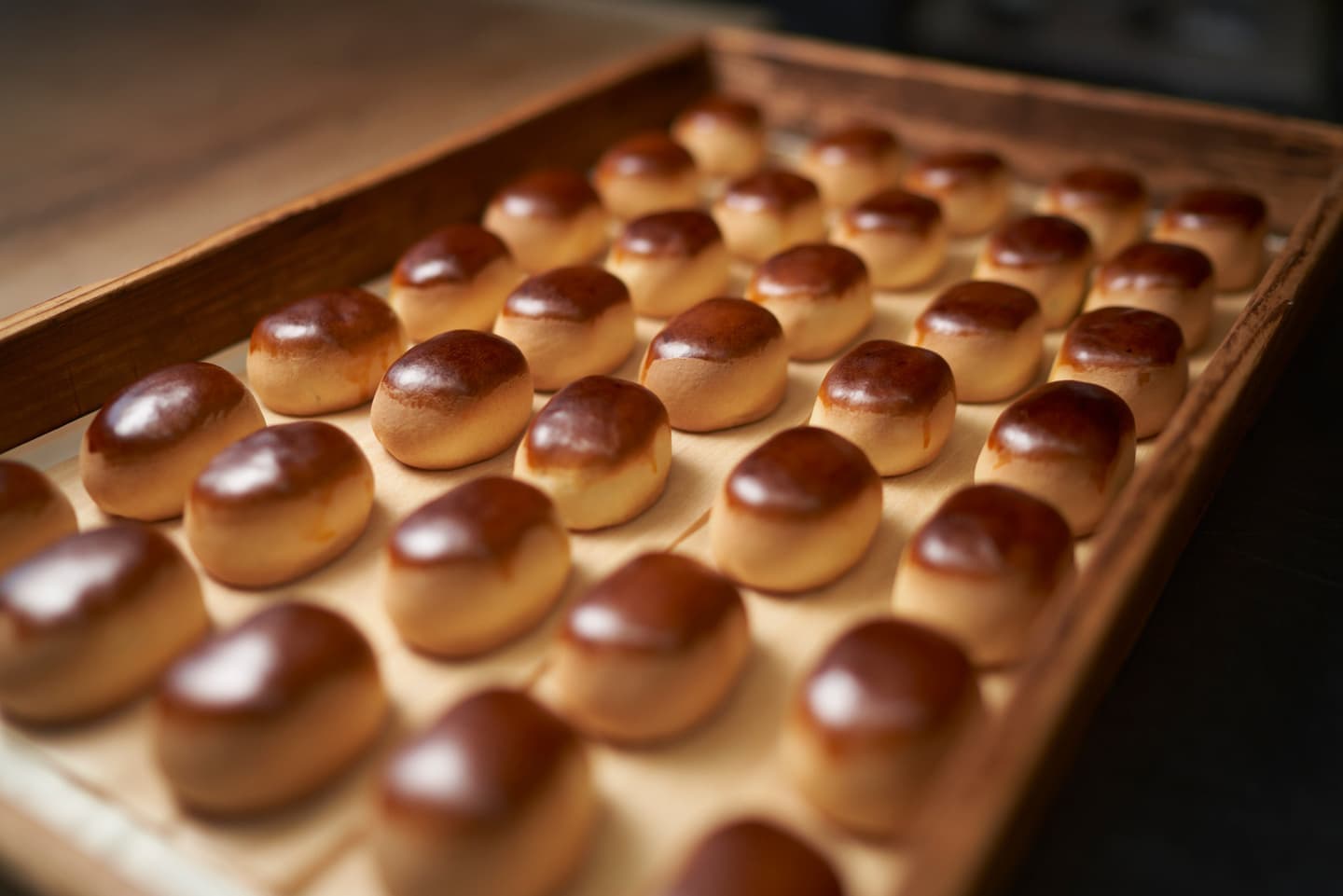
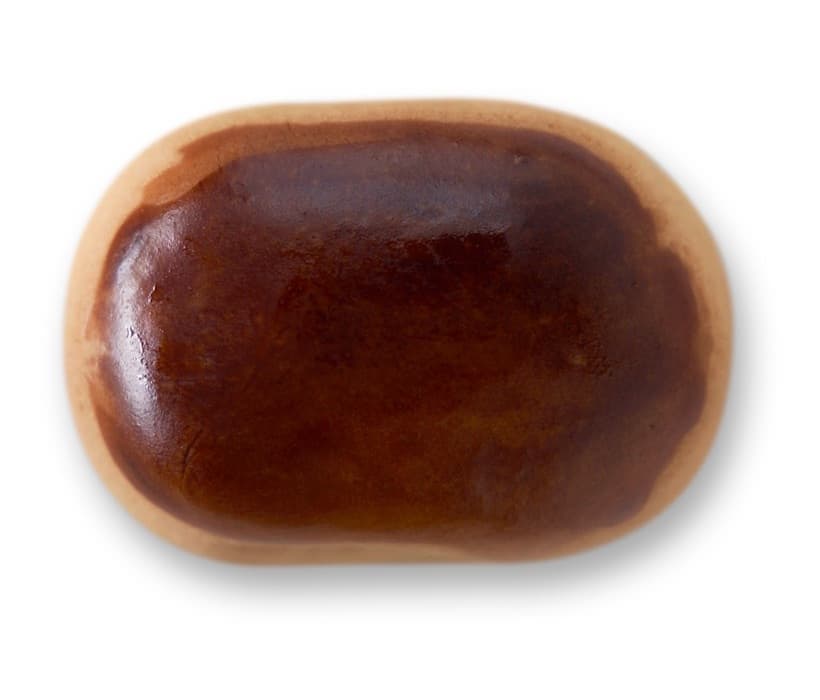
Chestnut Manju -栗まんじゅう-
This is the shop’s signature product. Tiny diced chestnuts are mixed into a sweet bean paste, and the outer layer is toasted to a rich chestnut-brown hue. Its petite size means you can easily enjoy it using your fingers.
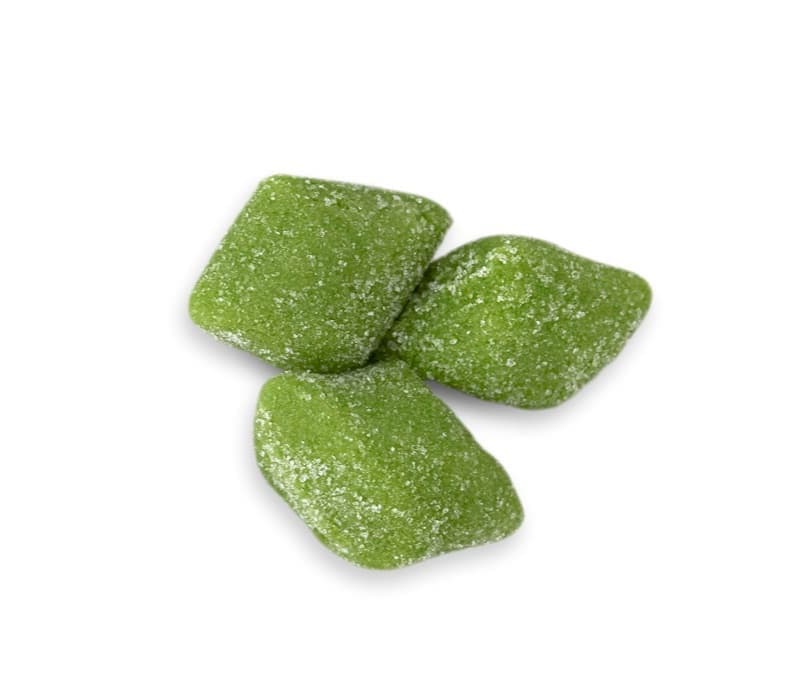
Suhama -すはま-
This treat is crafted by mixing roasted and finely ground soybean flour with sugar and starch syrup. The bite-sized pieces produced at Hayashi resemble soft candy and have a soybean flavor.
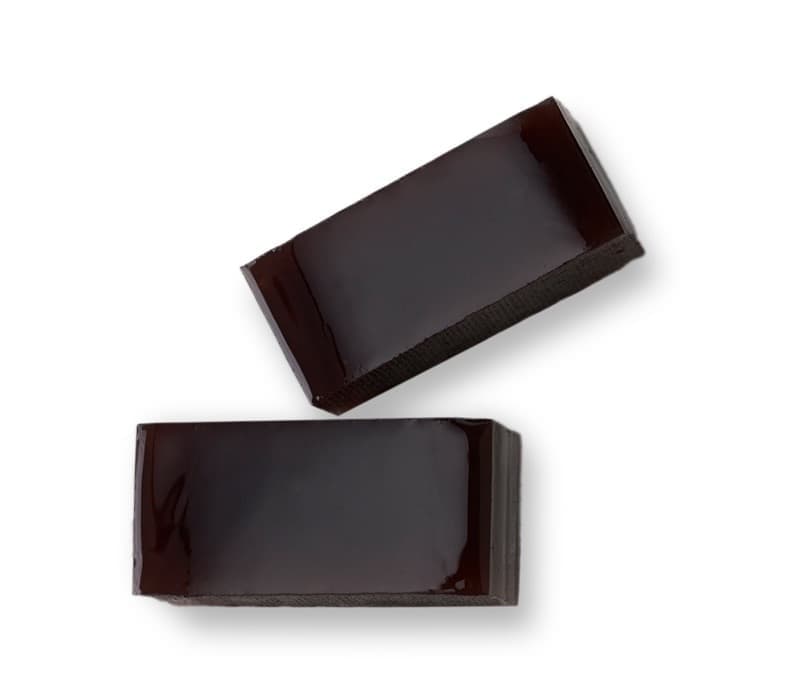
Yokan -ようかん-
This jelly-like dessert celebrates the sweetness of bean paste. With a handful of simple ingredients – sugar, sweet bean paste, starch syrup, and agar – each batch is meticulously prepared in limited quantities.
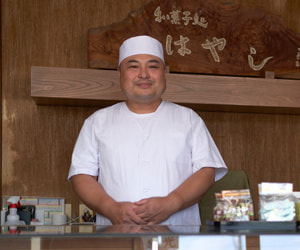
Hayashi Confectionary Shop
和菓子処 はやし
1-10 Kazue-machi, Kanazawa
Hours: 9:00-18:30 / Closed on Sundays
3
Sweet Treats
at Omicho Market
While records no longer exist, this shop dates back almost 100 years. Initially, it specialized exclusively in rakugan, a confection created by blending powdered grains with sugar and starch syrup, kneading the mixture, and pressing it into molds, before leaving it to dry. However, the generation before last began to shift the emphasis toward producing confections using mochi (sticky rice cake). Located within Omicho Market, which caters to the diverse culinary needs of Kanazawa residents, this branch is bustling with people every day in search of freshly prepared flavors.
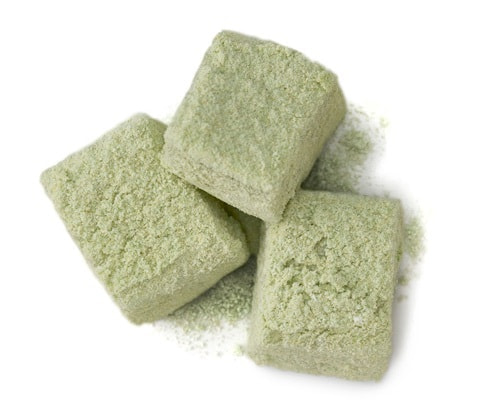
3
Sweet Treats
at Omicho Market
While records no longer exist, this shop dates back almost 100 years. Initially, it specialized exclusively in rakugan, a confection created by blending powdered grains with sugar and starch syrup, kneading the mixture, and pressing it into molds, before leaving it to dry. However, the generation before last began to shift the emphasis toward producing confections using mochi (sticky rice cake). Located within Omicho Market, which caters to the diverse culinary needs of Kanazawa residents, this branch is bustling with people every day in search of freshly prepared flavors.
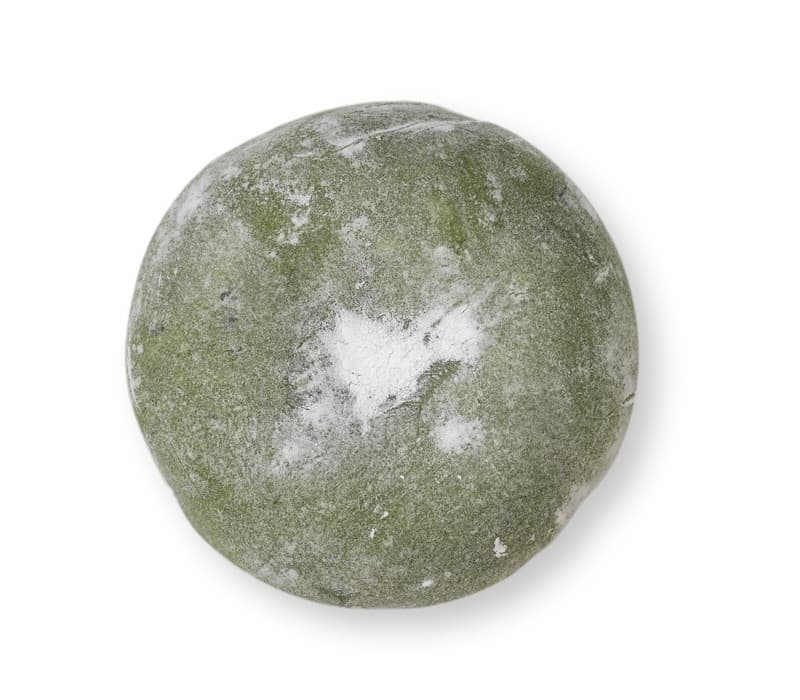
Kusa Mochi -草餅-
A sticky rice cake kneaded with yomogi and filled with sweet bean paste. Yomogi, or Japanese mugwort, exudes a revitalizing fragrance that has been cherished in Japan since ancient times.
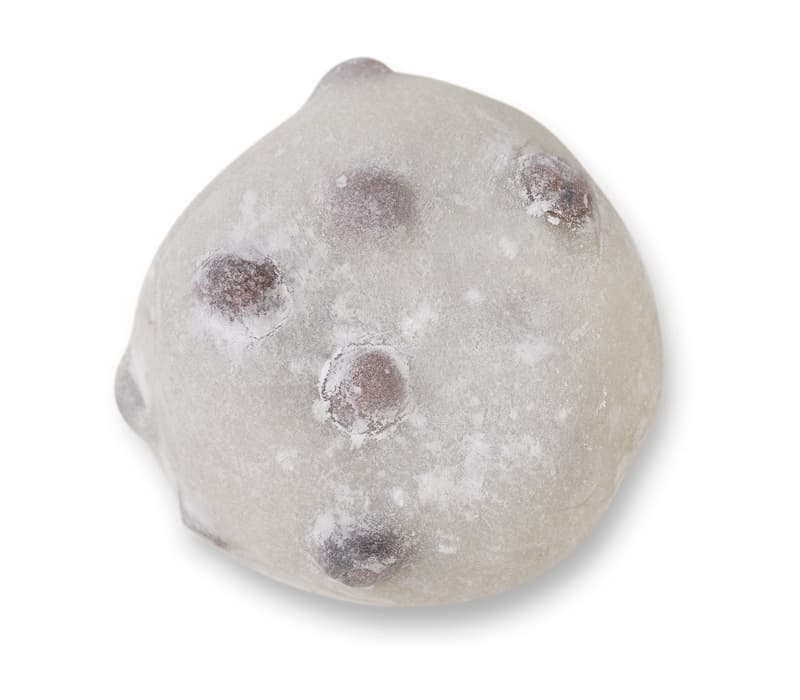
Endo Mochi -えんどう餅-
A variation of daifuku, a sticky rice cake enfolding sweet bean paste, distinctively enhanced with the addition of peas to provide a delightful textural contrast. While commonly known as mame daifuku, the locals in Kanazawa affectionately refer to it as endo mochi.
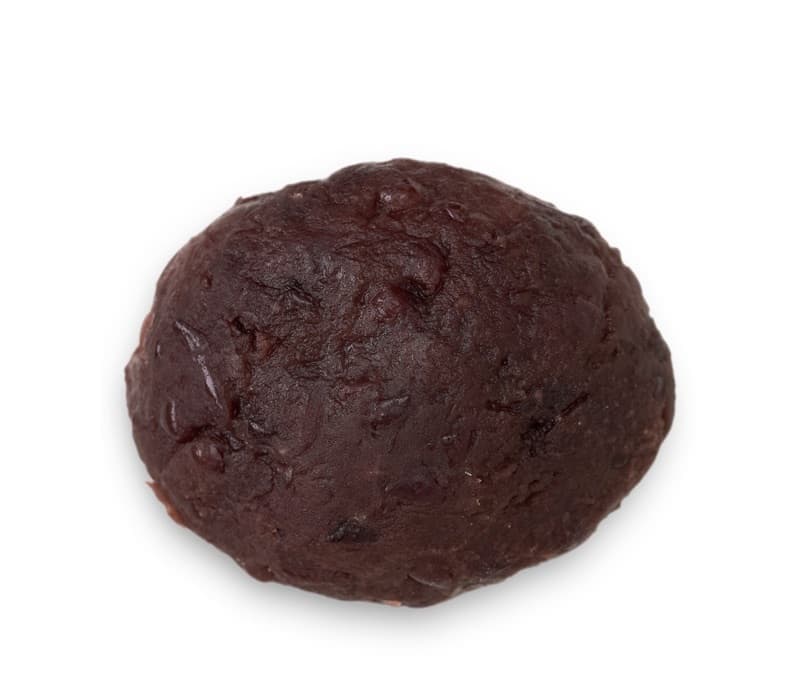
Ohagi -おはぎ-
A glutinous rice ball wrapped in sweet bean paste or roasted soybean flour, retaining the texture of rice grains.
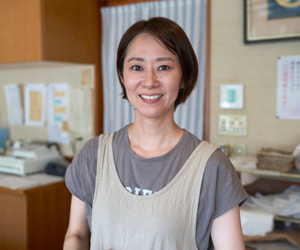
Okuno Confectionary Shop
Omicho Market Branch
おくの菓子舗 近江町市場店
19 Shimotsutsumi-cho, Kanazawa
Hours: 9:30 - 16:30
Closed on Wednesdays, Sundays, and public holidays
4
The Tradition
of Making Wagashi Continues
In Kanazawa, there is a cherished tradition of eating and gifting rice cakes and unbaked confections to mark the transitions between seasons and significant life milestones. Hiroyoshi was established in 1907 as a confectionary shop that initially produced a range of treats, including Western-style sweets. However, it later shifted its focus to exclusively crafting Japanese traditional confections. For more than a century, it has been closely intertwined with the local lifestyle and cultural customs. Today, under the stewardship of its fourth generation, Hiroyoshi not only upholds these enduring flavors but also actively engages in inventing original confections.
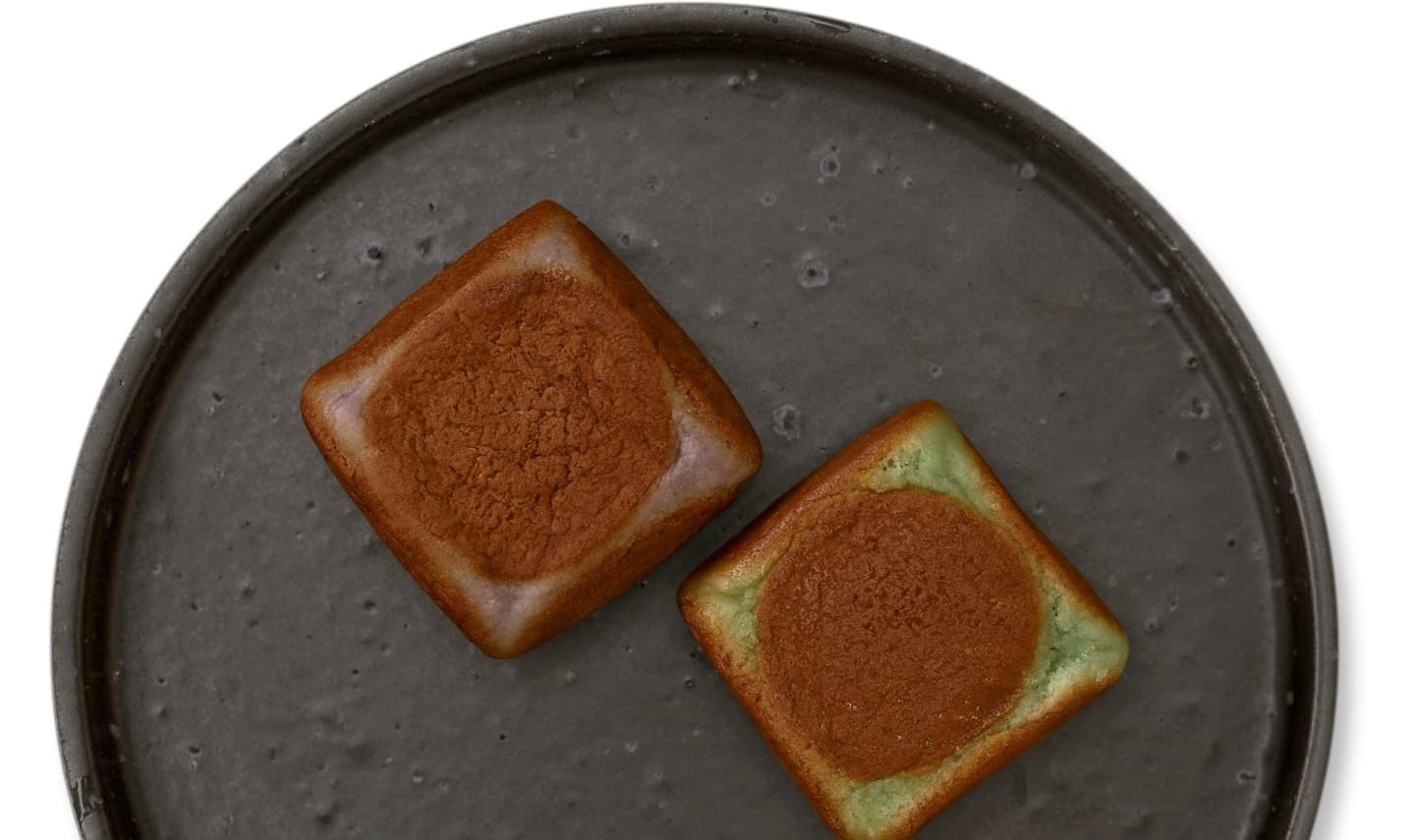
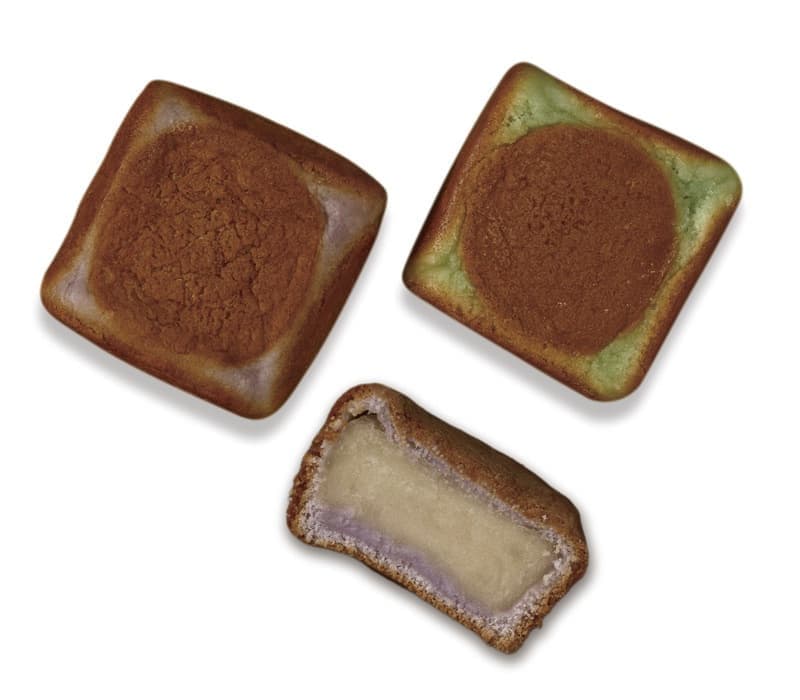
Gosai-yaki -五彩焼き-
A baked cuboid confection filled with sweet bean paste. This masterpiece by Hiroyoshi stands out due to their expertise in crafting exceptional baked desserts within the realm of Japanese confections. There are five unique variations of sweet bean paste. Why not try and compare their flavors?
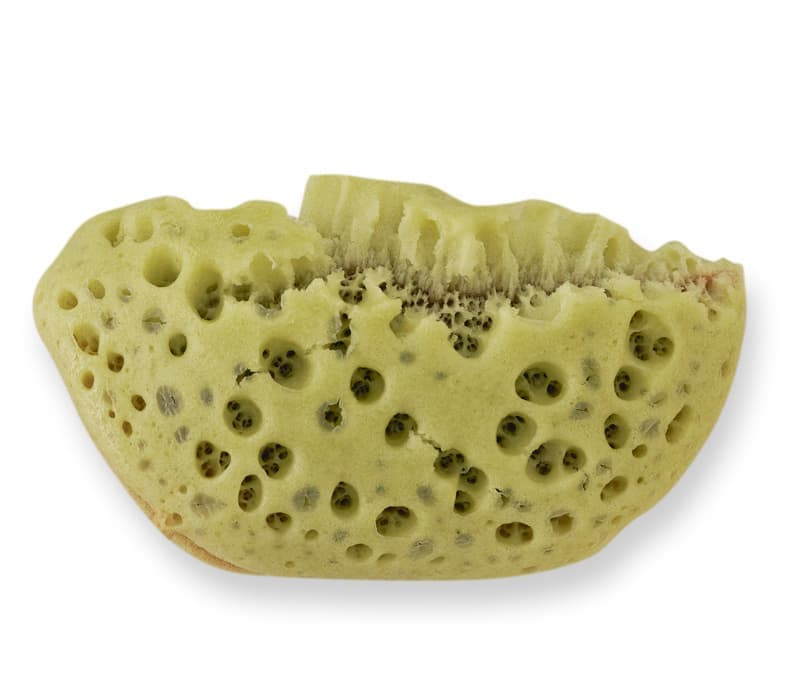
Fukusa -ふくさ-
A rolled sponge cake filled with sweet bean paste. This confection is a specialty of Kanazawa and is less commonly found across the rest of the country.
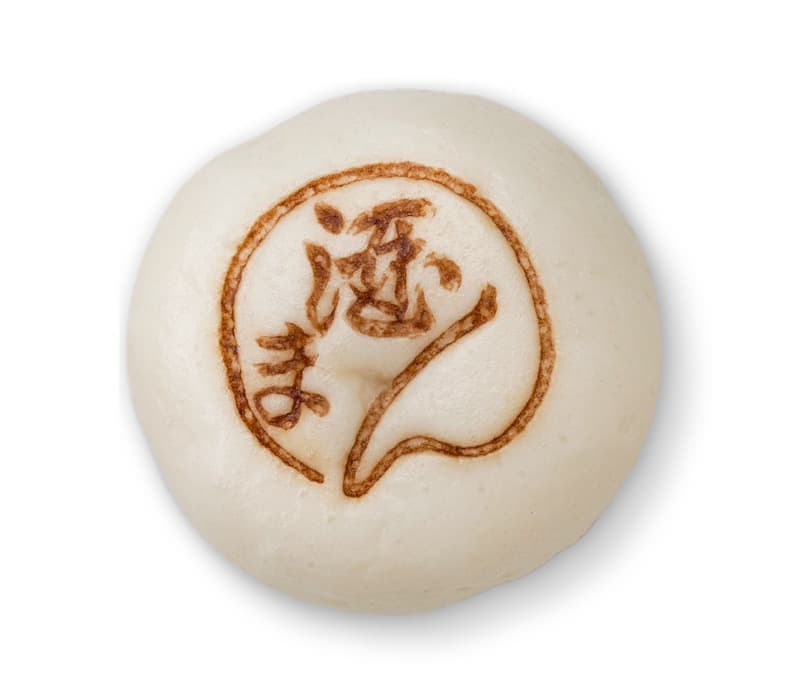
Saka Manju -酒まんじゅう-
A steamed bun with a delicately puffed-up wheat-based exterior due to the fermenting power of rice malt. It boasts a unique aroma and a gentle undercurrent of acidity.
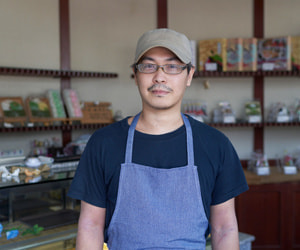
Hiroyoshi Confectionary Shop
ひろよし菓舗
13-2 Hyotan-machi, Kanazawa
Hours: 8:00-19:00 / Closed on Wednesdays
5
Taste History
in the Fresh Ayame Dango
Situated just a few minutes’ walk from Kanazawa Station, this wagashi store was founded by a samurai from the Kaga Domain who learned how to make steamed buns during the transition from the Edo to the Meiji era. It’s a hidden gem that enjoys strong support from local regulars but is not widely known by tourists. The flagship products are the ayame dango (sticky rice dumplings glazed with sweet soy sauce) and sweet bean paste doughnuts, invented by the owner from the previous generation half a century ago. Presently, the fifth-generation owner and his nephew keep the flavors of tradition alive.

Ayame Dango -あやめだんご-
Sticky rice dumplings skewered on bamboo sticks and coated with a sweet soy sauce glaze. The dumplings are grilled after ordering, meaning it’s best to enjoy them while they’re still hot.
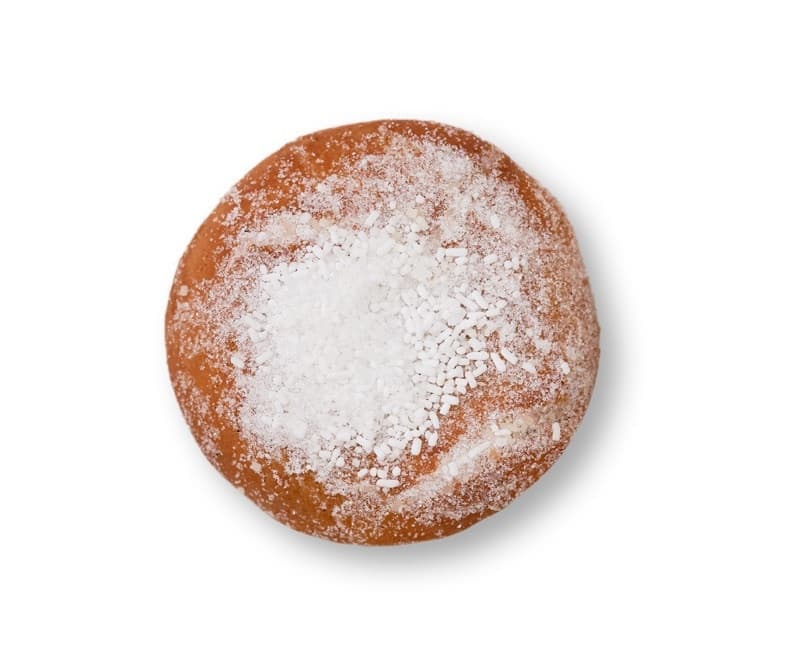
Sweet Bean Paste Doughnuts
-あんドーナツ-
Doughnuts filled with sweet bean paste are a popular Japanese snack, available at supermarkets, convenience stores, and bakeries. Mizuno’s sweet bean paste doughnuts come in bite-sized portions and have a delicate, light texture.
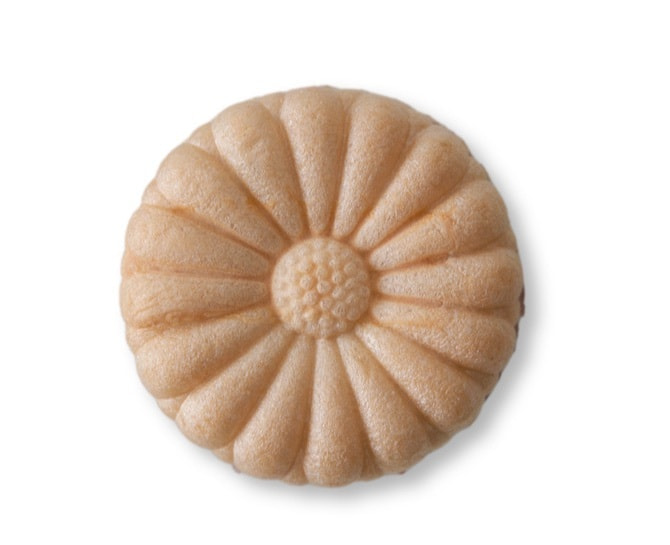
Kikumonaka -菊もなか-
This treat consists of a sweet bean paste filling sandwiched between mochi (sticky rice cake) or rice flour skins. Indulge in the perfect balance of the crispy outer layer and the moist, flavorful filling.
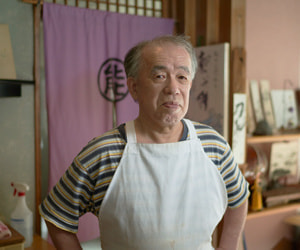
Mizuno Confectionary Shop
御菓子処 みずの
13-5 Showa-machi, Kanazawa
Hours: 9:00-18:30 / Closed on Sundays
6
Samurai District’s
Rustic Wagashi Shop
Located in the Nagamachi Samurai district, the shop proudly displays the distinctive yellow sign of the “pumpkin manju.” The Ohnosho Canal flows alongside the quaint shop, creating a picturesque and nostalgic scene. The second-generation owner, guardian of the shop’s 70-year legacy, values expressing the sense of the season through confections and providing the delectable taste of freshly made treats. With its wide-open sliding doors, the shop welcomes casual visits.
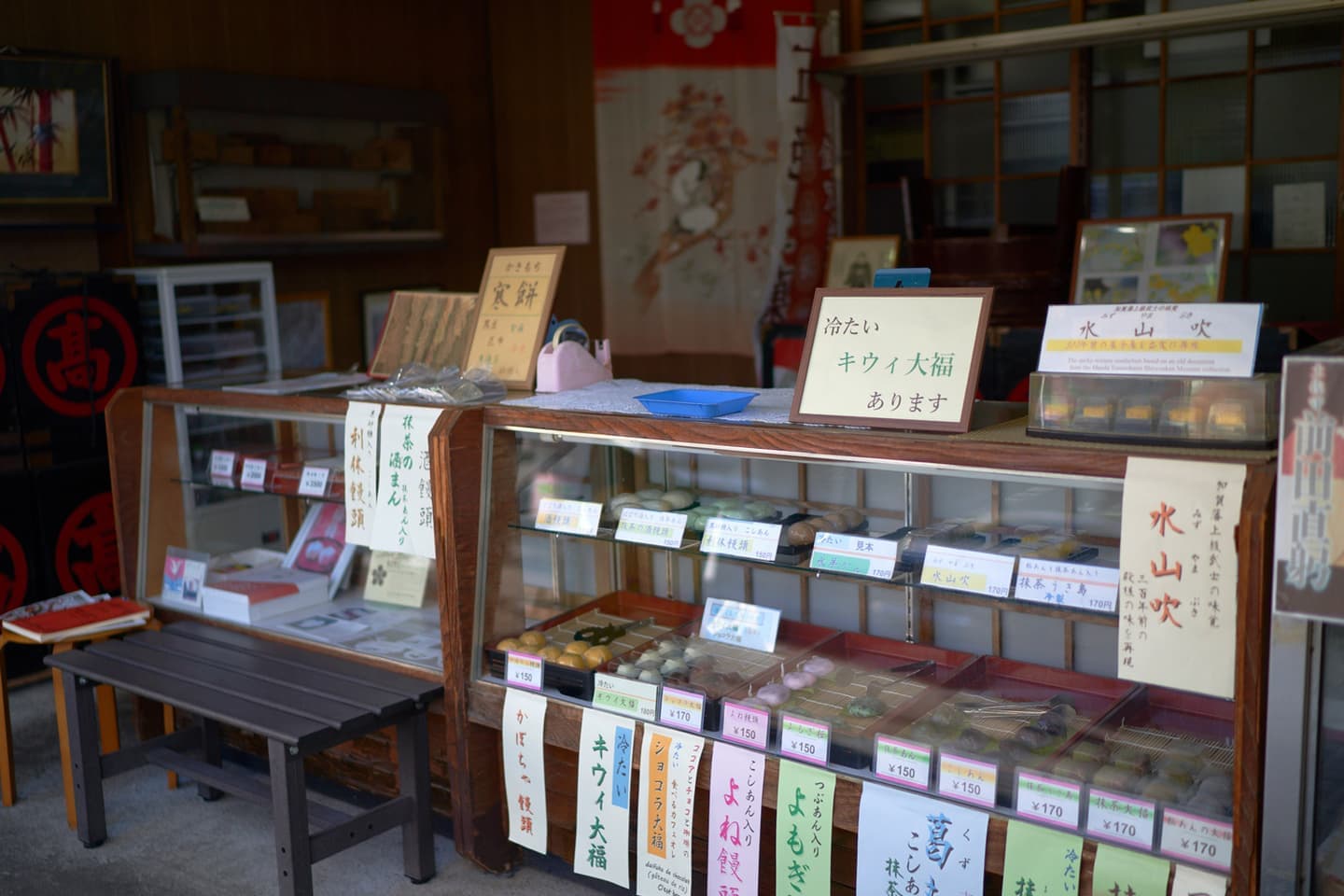
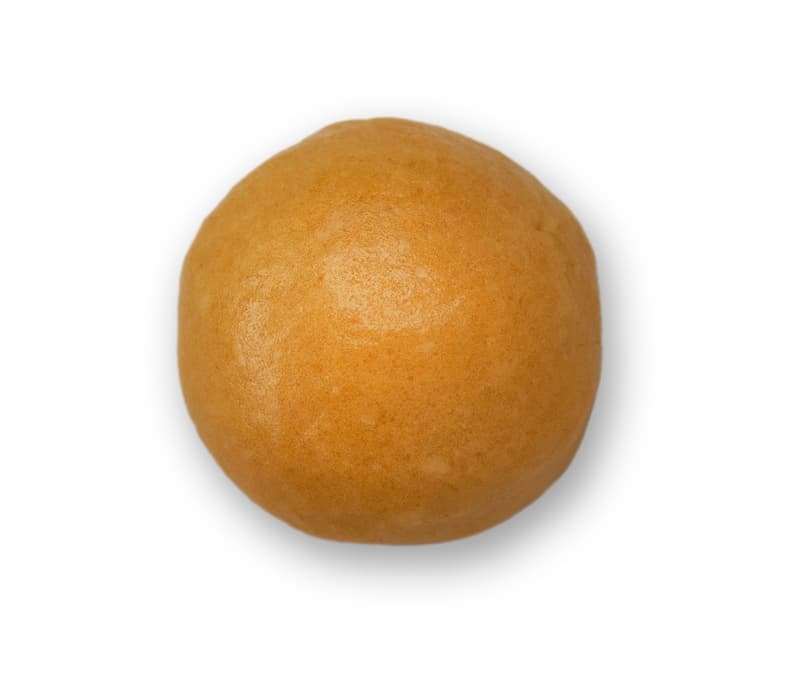
Pumpkin Manju
-かぼちゃ饅頭-
This bun, the filling and dough of which are both infused with pumpkin, has remained a cherished and enduring favorite for over half a century.
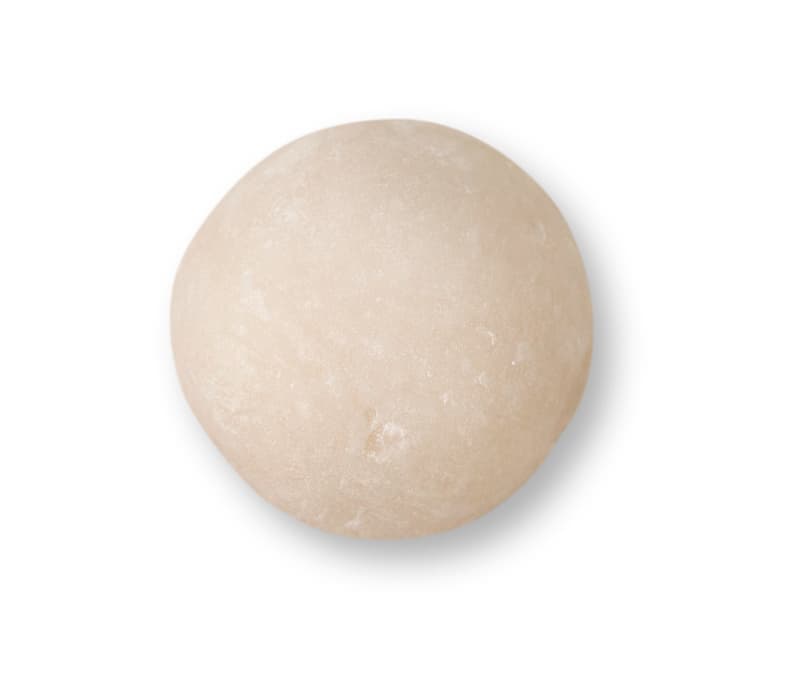
Daifuku (Fruits, Chocolate) -大福(フルーツ、ショコラ)-
The daifuku (sticky rice cake) filled with fruits or chocolate is a fusion of Japanese and Western influences. The fruits used vary according to the season and can include kiwi, strawberry, and chestnut.
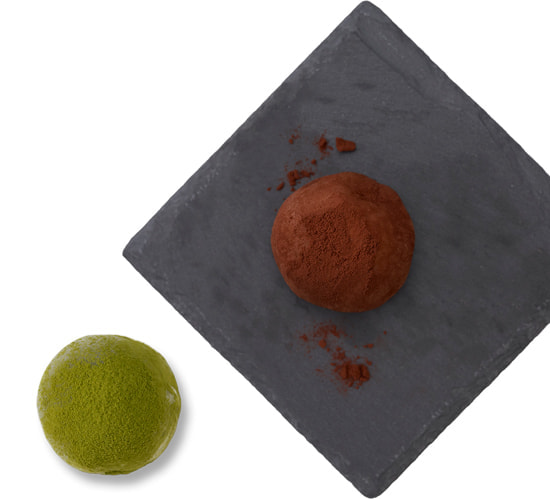

Pumpkin Manju -かぼちゃ饅頭-
This bun, the filling and dough of which are both infused with pumpkin, has remained a cherished and enduring favorite for over half a century.

Daifuku (Fruits, Chocolate)
-大福(フルーツ、ショコラ)-
The daifuku (sticky rice cake) filled with fruits or chocolate is a fusion of Japanese and Western influences. The fruits used vary according to the season and can include kiwi, strawberry, and chestnut.
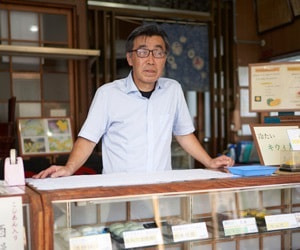
Takada Unbaked Sweets Shop
高田生菓子店
6-10 Kigura-machi, Kanazawa
Hours: 8:00-19:00 / Closed on Wednesdays




